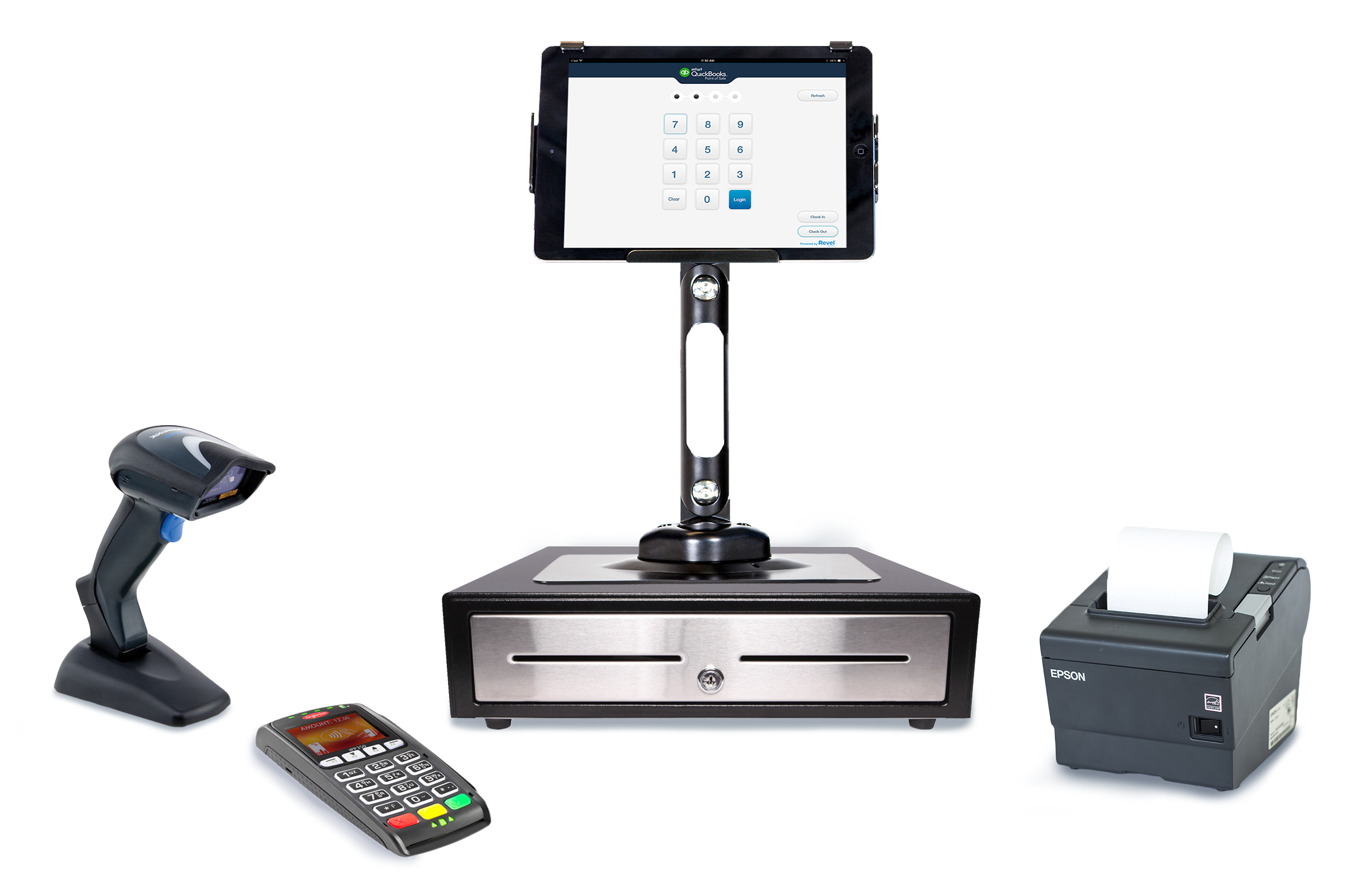Accounting
2017 Review of QuickBooks Point of Sale Desktop
QuickBooks Point of Sale Desktop 12.0 is best suited for small to mid-sized retail businesses that are looking for a point of sale product that will integrate with other QuickBooks applications. QuickBooks Point of Sale Desktop is available in three ...
Sep. 14, 2017

QuickBooks Point of Sale Desktop 12.0 is best suited for small to mid-sized retail businesses that are looking for a point of sale product that will integrate with other QuickBooks applications. QuickBooks Point of Sale Desktop is available in three versions: Basic, Pro, and Multi-Store; which supports up to 20 locations.
From the Sept. 2017 reviews of Point-of-Sale systems.
Designed specifically for desktop installation, QuickBooks Point of Sale offers integration with QuickBooks Go payment app so that users can process sales anywhere. Users can create a custom dashboard that displays requested data, and system can display frequently used functions such as Sales, Returns, and Discounts on the main user interface screen for quick access.
The Multi-Store version of QuickBooks Point of Sale supports multiple store management, with the ability to manage both inventory and sales for each location. Both the Pro and Multi-Store version of the product will also track product serial numbers, support product images, track work and sales orders, and support promotional pricing and departmental and product discounts.
QuickBooks Point of Sale supports multiple tender types, including Cash, Checks, Credit Cards, Debit or ATM Cards, Gift Certificates and Gift Cards, as well as payments on account. The product supports touchscreen capability and users can easily utilize bar code scanning devices to quickly process sales and enter inventory items. Creating custom buttons on the vertical menu allows users to quickly access a variety of transaction types, including sales processing, layaways, returns, special orders, discounts, receiving inventory, accessing the inventory list, accessing the customer list, and end of day reports. The ‘I Want to’ tab on the sales receipt screen allows users to choose the system function they wish to perform, including returns, exchanges, discounts, and even add a new customer, product, or special order.
Users can quickly add a new customer on the fly, tracking standard customer details. Users can also add customer notes, and if customers sign up for the Customer Rewards program, users can track that data as well. Each customer account also tracks a complete retail history, as well as statistical data such as average receipt totals, and total rewards history. The Customer Center allows users to view a summary of all customer activity for a specified period of time, including the total number of customers, number of new customers and returning customers, average daily receipts, average receipt total and average receipt items.
The inventory module allows users to assign up to five pricing levels for each product, and add a reorder point for each product entered. Both the Pro and Multi-Store versions also track layaways, as well as shipping details for each order shipped. The Multi-Store version also allows users to track inventory transfers between stores.
The Report Center provides a convenient location to access all system reports. Reports are sorted by Customers, Items, Payments, Sales, Purchasing, and Employees. QuickBooks offers solid Sales reports on product movement including Best or Worst Sellers, Most Common Returns and an Item Summary. Customer reports available include a Customer List, a Demographics Graph, and a Zip Code Summary. Users can also create custom reports and save them for future access. All QuickBooks Point of Sale reports can be printer, modified on screen, or exported to Microsoft Excel for further customization.
QuickBooks Point of Sale seamlessly integrates with other QuickBooks desktop products and contains an import/export wizard that guides users through the process of importing or exporting data from other third-party applications. The product offers easy integration with common hardware peripherals such as touch screen monitors, PIN Pads, receipt printers, signature capture devices, and credit card readers. The product also offers a Shipping Manager feature, which integrates with UPS.
QuickBooks Point of Sale Help functionality is available from any user interface screen. Clicking on Help will open a menu with options such Help Contents, Help and Support, a Hardware Troubleshooter option, how-to videos, and a user guide. Users can opt for support from local resources or call the support line, which is available during extended business hours 7 days a week. An annual support plan is also available for QuickBooks Point of Sale that offers unlimited support.
QuickBooks Point of Sale – 12.0 is well suited for smaller retailers, with the Multi-Store version supporting up to 20 locations. The product can be used as a stand-alone application or integrated with QuickBooks Desktop financial products. Pricing has been reduced across the board from last year, with the Basic version running $989.97; the Pro version running $1,374.97; and the Multi-Store version running $1,487.97.
2017 Rating – 4.5 Stars
